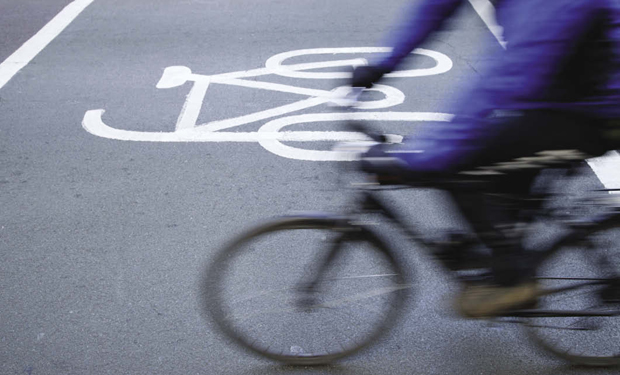
One of the main attractions of the scheme is the tax and national insurance (NI) breaks it offers employees and employers.
Employees can reduce their tax and NI liability when they buy a bike for their commute to work through a salary sacrifice arrangement. The typical saving for a standard-rate taxpayer is 32%, rising to 42% for higher-rate taxpayers.
Employees’ commuting expenses are reduced further when they consider the cost of running a car, including fuel, insurance and congestion charges, and public transport fares.
Employers can save, on average, 13.8% of the total value of the salary employees sacrifice because of the consequent reduction in their NI contributions.
Scheme set-up
The bikes-for-work scheme involves an employer signing up with a provider and purchasing or leasing bikes on behalf of their employees. Bikes are leased to staff through a consumer credit agreement, and repayments to cover the cost of a bike can be made over 12 or 18 months.
Staff can also choose to buy safety equipment through the scheme, such as a helmet, lights, reflective clothing, locks, mirrors and puncture repair kits, as well as child safety seats if their journey to work involves dropping a child off at nursery.
The consumer credit agreement allows an employee to lease a bike and related safety equipment up to the value of £1,000, including value-added tax (VAT), but staff working for an organisation with an employer-specific consumer credit licence can source a bike and equipment worth more than £1,000.
Under the rules of the scheme, at least 50% of the bike’s usage must be for an employee’s commute to and from work. This can be all or part of the journey, so cycling to a station to catch a train would qualify. Employers can lease two bikes to one employee if, for example, they need a bike at each end of a train journey, between stations and their home and workplace.
End-of-lease options
At the end of the lease period, an employer can give staff the option to buy their equipment through a transfer of ownership process, using a fair market value (FMV) payment set by HM Revenues and Customs (HMRC). The FMV figure can also be declared as a benefit-in-kind with a P11D. Scheme providers can advise employers on end-of-hire options.
Changes to VAT in 2012 mean employers can no longer pass on VAT savings to staff, and VAT must be accounted for on the monthly amounts paid by staff, because the scheme is seen as supply of a service.
However, employees still see bikes for work as a valuable benefit and take-up continues to rise. Figures from the Cycle to Work Alliance, published in August 2013, show a 22.5% year-on-year increase in take-up in the second quarter of last year.
The facts
What is the bikes-for-work scheme?
It is a tax-exempt scheme that encourages employees to cycle to work to promote healthier lifestyles and reduce environmental pollution. It enables employers to fund bikes and safety equipment and loan them to staff as a tax-free benefit. The scheme was introduced by the government under the Finance Act 1999.
Where can employers find out more?
More information can be found on the Cycle to Work Alliance’s website at: www.cycletoworkalliance.org.uk
Who are the main providers?
Providers include Bikes 2 Work scheme, CyclePlus, Cyclescheme, Cycle Solutions, Cycle Surgery, Evans Cycles, Halfords, Hargroves Cycles and P&MM Employee Benefits.
Statistics
44,000 The number of new cyclists that signed up to the scheme in the first half of 2013 (Cycle to Work Alliance, August 2013)
62% The number of employers that offer bikes for work through a salary sacrifice arrangement on a voluntary basis (The Benefits Research, Employee Benefits, May 2013)
For any interested parties, Cyclescheme has created two simple videos that explain how the scheme and it’s inherent End of Hire options work.
Introduction to Cycle to Work/Cyclescheme: http://www.cyclescheme.co.uk/help/introduction-video
Cyclescheme’s recommended End of Hire process:
http://www.cyclescheme.co.uk/help/endo-of-hire-process-video